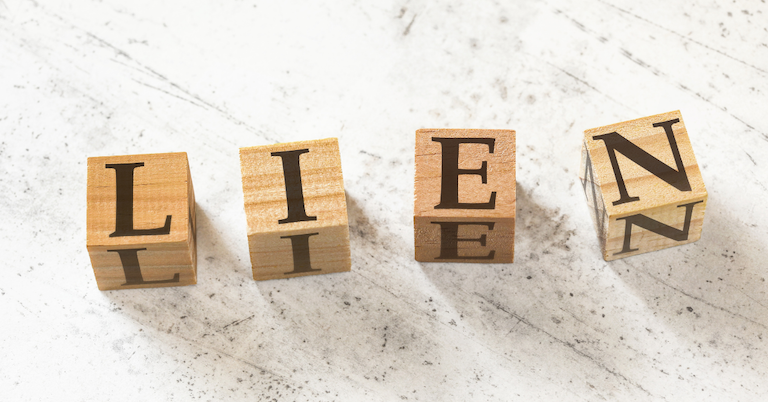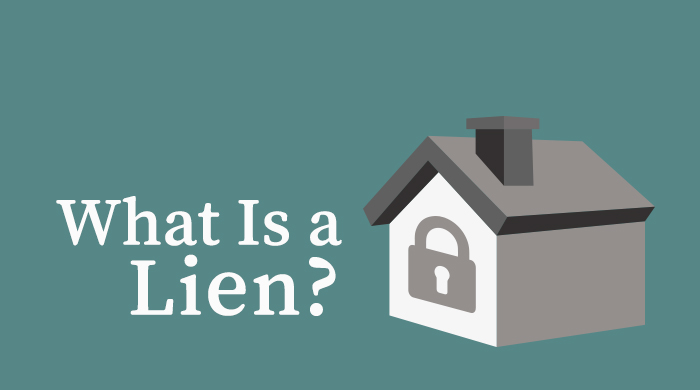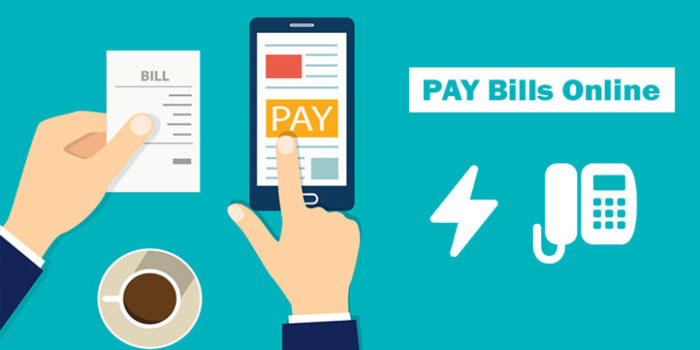Introduction
A lien is a claim or right against property that gives the holder the legal power to seize or otherwise legally act upon that property to satisfy the debts and obligations secured by the lien. Publicly recorded liens reveal the existence of a debt to anyone who looks them up. As an illustration, when you finance a home purchase, you commit to paying back the loan. Lenders usually need your signature but may ask for extra information if you're planning to cease making payments. But the lender becomes a lienholder (the person or entity that lodges the lien) on your property by filing detailed documentation with local government authorities. Since this loan is now collateralized, the lender is more likely to get paid back.
How does it work?
The most crucial fact to remember regarding liens is that they are binding in law, even if the term "personal property" seems like it pertains to real estate instead of equipment, vehicles, jewellery, furniture, etc. When a loan goes into default, the lender can seize whatever collateral it has a claim on to recoup its losses. Small company loans are an exception to this rule because the lien is mutually agreed upon by both the lender and the borrower. Your interest rate will likely be lower if liens are used to secure your loan in case of default. More interest will be charged to borrowers who provide fewer collateral or liens to the lender. In most cases, "real finance opportunities" will not be available if there are no liens.
Where Do Liens Come From?
Home Loans
To secure a loan for a home purchase, you put up the property itself as collateral. If you don't keep up with payments, don't get homeowners insurance, or don't plan to make the house you're borrowing money for your principal residence for a set number of years, the lender can foreclose on you and take your place.
Auto Loans
Loans for automobiles are comparable to mortgages in many ways. In contrast to forcibly evicting you from your home (which achieves nothing), your auto lender can repossess your vehicle. It might happen at any time, at home, at the office, or anywhere else.

Lien Types
Mortgage Lien
Mortgage liens are extremely common. When a mortgage company makes a loan against real estate, it creates a lien on the borrower's title to the property. The homeowner grants this lien voluntarily at the time of closing on their loan, signing it as part of a stack of other documents.
Tax Lien
A tax lien is placed on the property when a property owner fails to pay their real estate taxes. For unpaid taxes, plus interest and penalties, the government can force a sale of the property if they go unpaid for long enough.
Mechanics Lien
Mechanic's liens are filed when a property owner owes money to a contractor who did work on the property but did not get paid by the terms of the contract. Suppliers of materials to a construction site can also file these liens, frequently referred to as material man's liens.
Real Estate Lien
If a party to a contract does not fulfil their end of the bargain, the lien holder may exercise the right to foreclose on the property and sell it. Some liens, like mortgage liens, are recorded against property immediately upon the loan's origination. When someone takes out a mortgage from a bank to fund the purchase of a home, the bank will place a lien on the property until the loan is repaid. Some real estate liens, however, are not voluntarily entered into but imposed by a creditor or financial institution due to the owner's failure to make required payments.
Outcomes to a Loan That Includes a Lien
Accepting a lien when making a financed purchase is standard practice. One example is a lien placed on a car loan. The car itself serves as the collateral. The bank will place a lien on the car and keep the title if you finance the purchase with a loan from the dealership. The lender (your bank, in this case) will have a security interest in the property as a result of your deed instead of payment. A lien is placed on the car, meaning the lender retains possession. Lenders often resort to repossession and the sale of collateral when borrowers fall into default on their payments.

Conclusion:
Liens are claims or legal rights against property used as collateral to pay off debt. If the debtor fails to pay, the creditor may be allowed to repossess the collateral. Liens can be placed on property or money. Lenders have the legal power to repossess and sell properties if they go unpaid on contracts. A creditor, court decision, or taxing authority are only some entities that can file a lien.



